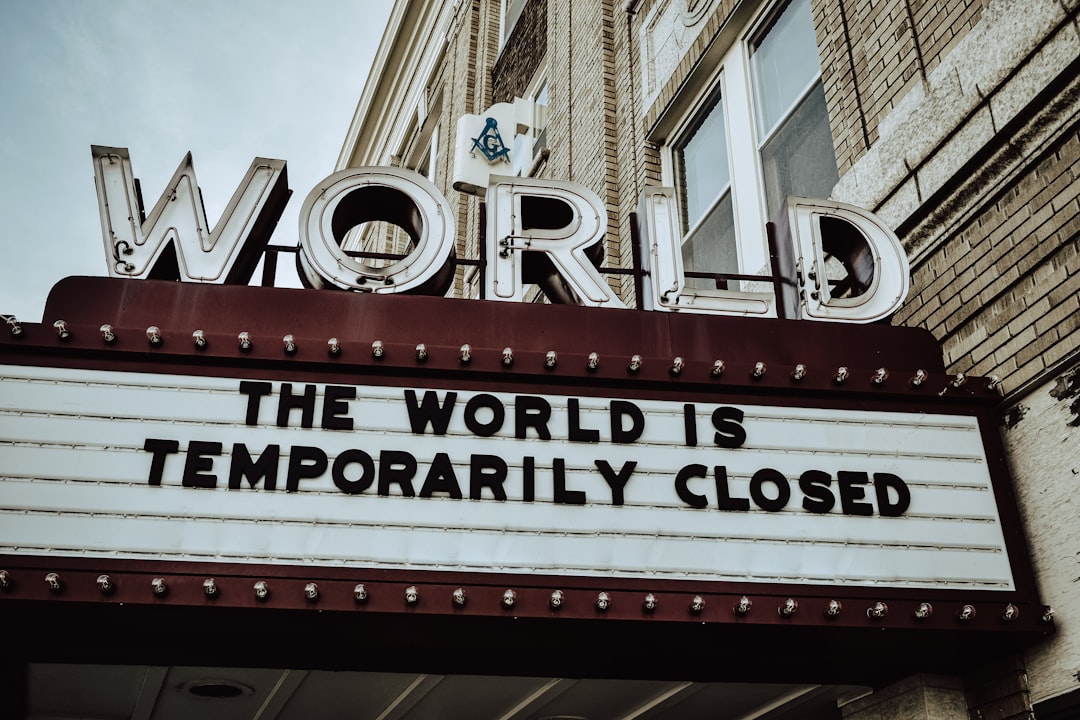
The Future of the Global Economy: Trends and Predictions
## Introduction. The global economy is entering a transformative phase, driven by technological advancements, shifts in consumer behavior, and the lingering effects of the COVID-19 pandemic. As nations recover from economic disruptions, understanding the trajectory of the global economy is crucial for businesses, investors, and policymakers. This post will explore key trends shaping the future of the global economy, the impact of sustainability, and the importance of digital innovation. ## Technological Advancements and Automation. In recent years, the acceleration of automation and digital technologies has reshaped industries across the globe. Artificial intelligence, machine learning, and robotics are redefining traditional business models, enhancing operational efficiency, and reducing costs. As companies increasingly adopt these technologies, the future workforce will face significant changes. Jobs that require repetitive tasks may decline, while demand for roles that emphasize creativity, critical thinking, and problem-solving will likely increase. A study by McKinsey estimates that by 2030, automation could displace up to 375 million workers globally. Therefore, reskilling and upskilling of the workforce will be essential to meet the future demands of a tech-driven economy. Governments and organizations must prioritize investment in education and training programs to ensure a smooth transition into this new workforce landscape. ## The Shift Towards Sustainability. Sustainability has emerged as a critical focus for both consumers and corporations. The growing awareness of climate change and environmental degradation has led to increased demand for sustainable products and services. Businesses that prioritize sustainability are likely to gain a competitive advantage, while those that fail to adapt may face backlash from consumers and stakeholders. The United Nations has set ambitious goals to combat climate change and promote sustainable development, urging nations to transition to sustainable energy sources and reduce carbon footprints. The rise of green finance, where investors prioritize environmental and social governance (ESG) factors, is a key component of this transition. Sustainable investments are projected to reach $53 trillion globally by 2025, making it imperative for businesses to integrate sustainability into their corporate strategies and practices. ## Global Trade Dynamics and Geopolitics. The interplay of geopolitics and global trade has far-reaching implications for the future of the global economy. Trade tensions and protectionist policies have disrupted established trade networks, leading countries to reconsider their dependencies on global supply chains. As a result, businesses are exploring diversified supply sources to mitigate risks associated with geopolitical events. Furthermore, the ongoing evolution of trade agreements, particularly in light of Brexit and changing U.S.-China relations, will redefine trade dynamics. Countries are expected to shift towards regional trade agreements, fostering closer economic ties within geographic proximity. For instance, the Regional Comprehensive Economic Partnership (RCEP), which includes Asian and Pacific nations, exemplifies this trend towards regional collaboration. ## The Role of Digital Innovation. The rapid digitalization of businesses has accelerated due to the pandemic, changing consumer expectations and behavior. E-commerce has experienced unprecedented growth, with online shopping becoming a primary mode of retail. This transformation requires businesses to invest in digital platforms, enhance user experiences, and adapt marketing strategies to attract and retain consumers. Emerging technologies such as blockchain, augmented reality (AR), and the Internet of Things (IoT) are revolutionizing industries, offering new avenues for growth and efficiency. Companies that embrace these innovations will be better positioned to thrive in an increasingly digital economy. Businesses must also prioritize cybersecurity, as cyber threats pose significant risks in a digitized landscape. ## Conclusion. The future of the global economy is characterized by rapid changes influenced by technological advancements, sustainability, geopolitical dynamics, and digital innovation. Navigating this evolving landscape requires foresight and adaptability from businesses and governments alike. Investors will benefit from keeping a keen eye on emerging trends and investing in sectors that prioritize resilience and sustainability. As we look ahead, understanding these shifts and preparing for them will be crucial in ensuring economic stability and prosperity in an interconnected world. ## Images Search Tags. Future of the global economy trends predictions .







